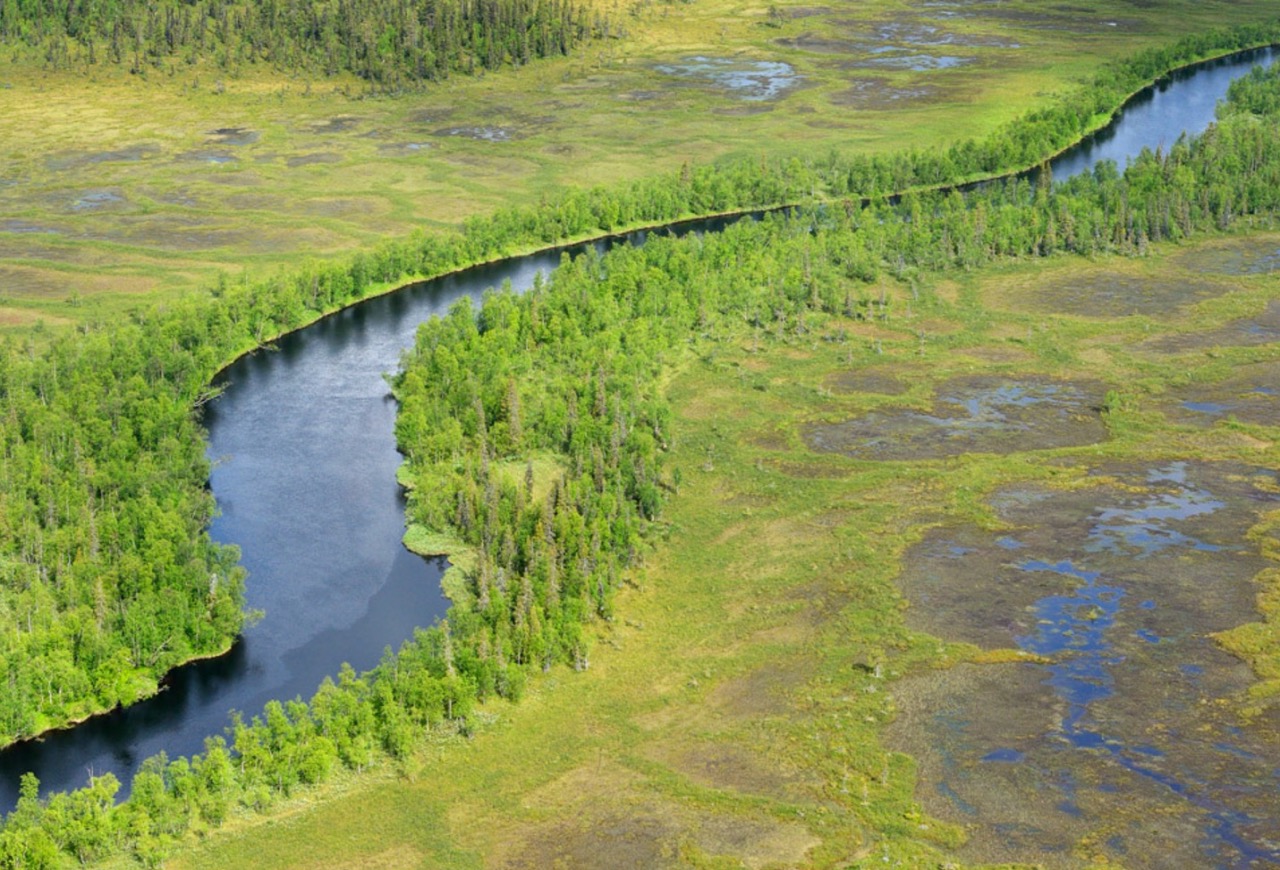Private sector funding will be critical to scale up the rewilding of Europe’s peatland to a point that it can really make a difference for nature and climate. Rewilding Europe takes up the challenge

In brief
- Peatlands cover just 3% of the global terrestrial surface but contain 30% of all soil carbon – twice as much as all forests
- When degraded peatlands are rewetted again, they can absorb and lock up carbon from the atmosphere
- Rewilding Europe wants make peatland rewilding initiatives more attractive investors to unlock more funding
- Its Rewilding Climate Solutions platform aims to enhance the commercial viability of rewilding initiatives by selling nature-based carbon credits to private investors
“This is a really exciting venture with huge scalability potential”, says Timon Rutten, head of enterprise at Rewilding Europe, an organisation who wants to “make Europe a wilder place”.
Rutten explains that although they are mainly focused on nature restoration, the climate agenda is present in all of the 10 rewilding projects where they are currently active.
The organisation is also increasingly being approached by corporates who see rewilding as an opportunity for their climate policy and nature net-positive ambition.
“We want to make peatland rewilding initiatives commercially attractive, which will unlock a lot more funding on an ongoing basis”, Rutten says.
Traditional carbon credits typically fail to take nature restoration into consideration. The sale of nature-based carbon credits by Rewilding Europe would not only have a beneficial impact on climate change, but biodiversity too, enabling investors to meet both their climate and nature positive goals at the same time.
“Climate is almost always about less: less emissions, less pollution. Our approach is about more – more nature. That’s a positive story.”
Threatened ecosystem
Peatlands cover just 3% of the global terrestrial surface but contain 30% of all soil carbon – twice as much as all forests. In Europe, peatlands are among the most threatened ecosystems. Human activity has led to widespread degradation through peat extraction for fuel and drainage for agriculture and forestry.
When degraded peatlands are rewetted again, they will absorb and lock up carbon from the atmosphere. This makes rewilding them a hugely attractive climate solution. Yet, only a tiny fraction of Europe’s 12 million hectares of degraded peatland are currently being restored, mostly with the support of public funds or philanthropic donations.
Boosting the investability of large-scale peatland rewilding initiatives is the ultimate aim of Rewilding Climate Solutions, a platform being developed by Rewilding Europe with the support of a €2m grant from the Grantham Foundation for the Protection of the Environment.
The aim of the platform is to enhance the commercial viability of peatland rewilding initiatives by enabling them to sell nature-based carbon credits to private investors.
Incubation period
“We are now starting a kind of incubation period”, Rutten explains. The focus in the initial period will be on rewilding landscapes in peatlands in the Oder Delta, between Germay and Poland and the Swedish Lapland. Three more potential candidates for the carbon credit business model include two peatland sites in Scotland, and one forested site in Portugal.
The plan is that by the end of next year, field teams will have been established, land areas secured, preferably through leasing constructions with private landowners, and peatland restoration will have started. “For these areas we will define the optimal standards for carbon credit development”, Rutten says, “and develop the best ‘route to market’, with the first committed founding buyers.”
The challenge is huge though. Carbon is a relatively easy asset because it is measurable, it can be matched with a buyer’s footprint and there is a marketplace available, something that is not the case when it comes to biodiversity or nature.
A company like Unilever knows exactly what their CO2 footprint is, but much less about their biodiversity footprint. A mechanism to offset that is still lacking.
“We are therefore looking for investors and buyers who are prepared to take on this challenge”, Rutten says. Rewilding Europe already has a list of interested investors and carbon buyers. “We see them as partners, with whom we will explore the next 18 months how we can scale up this approach in Europe. That is desperately needed, because there is a lot of talk about it but, for the time being, not much is happening yet on a significant scale.”
When asked which corporates or financial institutions he sees as ideal investors, Rutten answers: “Global players, who are already deep in the carbon market, and want to be leading in changing this sector by including nature restoration according to rewilding principles. A natural asset must be added to the carbon assets. They also want to earn money in the carbon market, but their size and influence enables them to give this sector a huge push to include biodiversity.”
In the coming years, Rewilding Europe plans to expand operations to around 15 large-scale rewilding landscapes in the continent. In addition, it aims to partner with European land managers and influence the carbon market to include nature as a core component.
Positive flow
“There is right now a very positive flow – the time is right for concrete initiatives,” Rutten says. “Corporates want us to develop nature into an investable model. The EU is ready for action too.”
They recently published a proposal for legally binding nature restoration targets is applicable to all EU member states, and a key element of the EU Biodiversity Strategy for 2030. “This is really great news. We now have a huge opportunity to recover European nature, with rewilding playing a leading role.”






